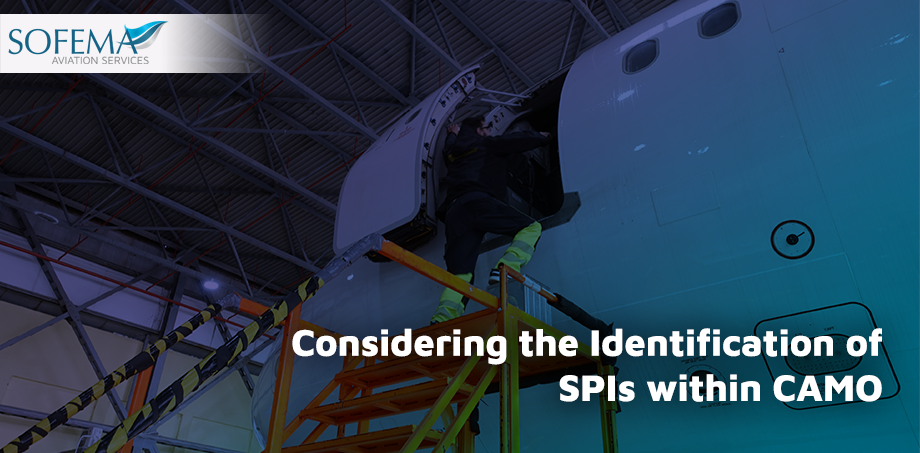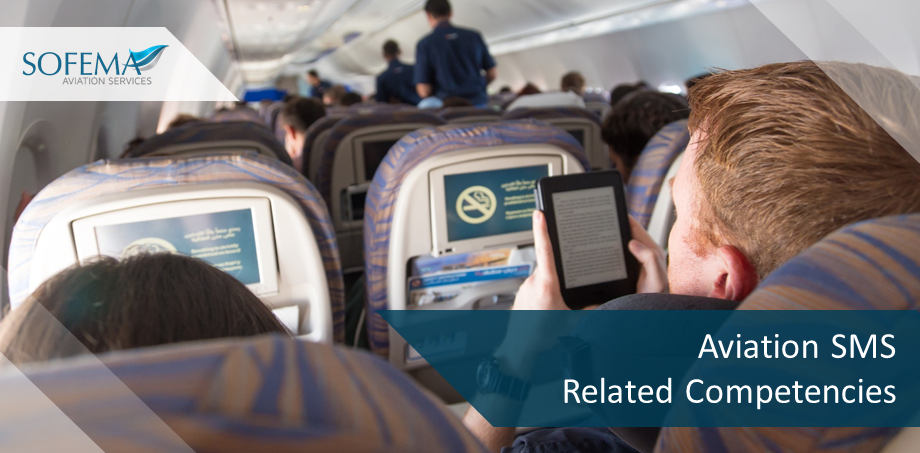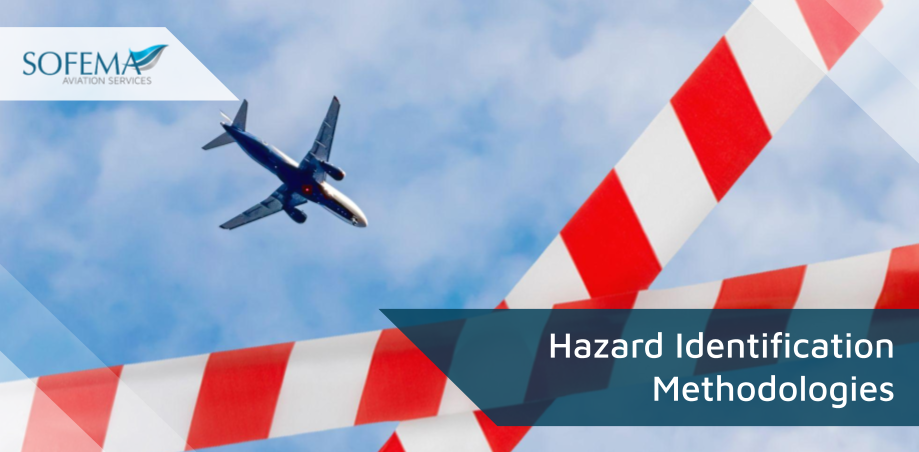Delegates from Qatar Airways completed the EASA Part 21 Subpart J training
read more
Sofema Aviation Services (SAS) is pleased to share that the EASA Part 21 Subpart J Regulatory Framework training was delivered to delegates from Qatar Airways. The course was delivered as a webinar by our instructor Vladimir Kodzaga About the training Holding Part-21 Subpart J Design Organisation Approval (DOA), a company is authorized to design and certify…






